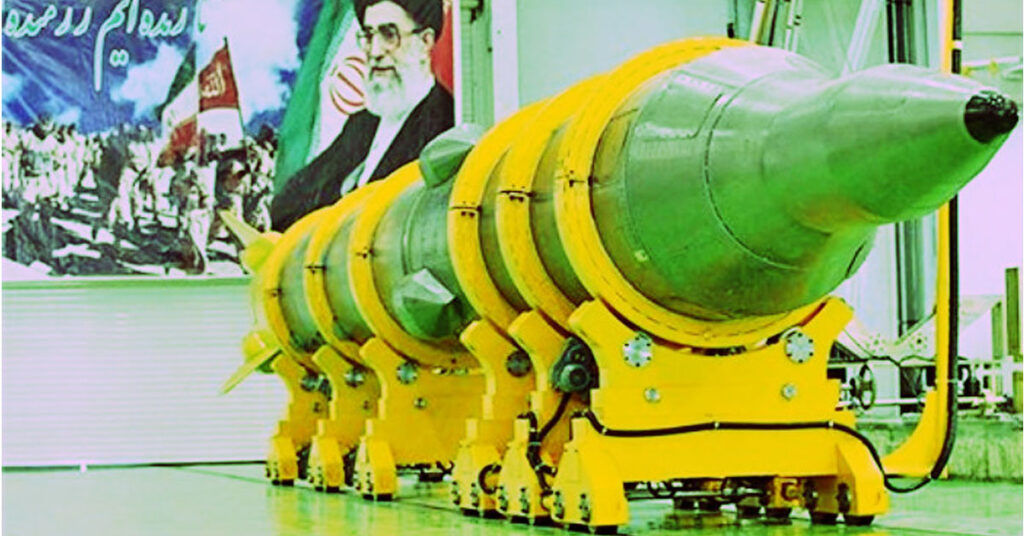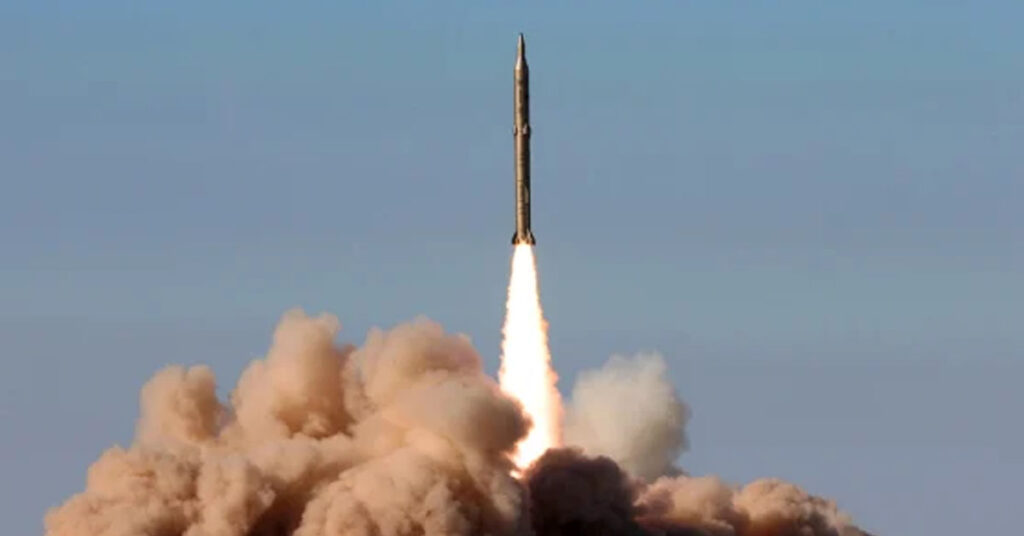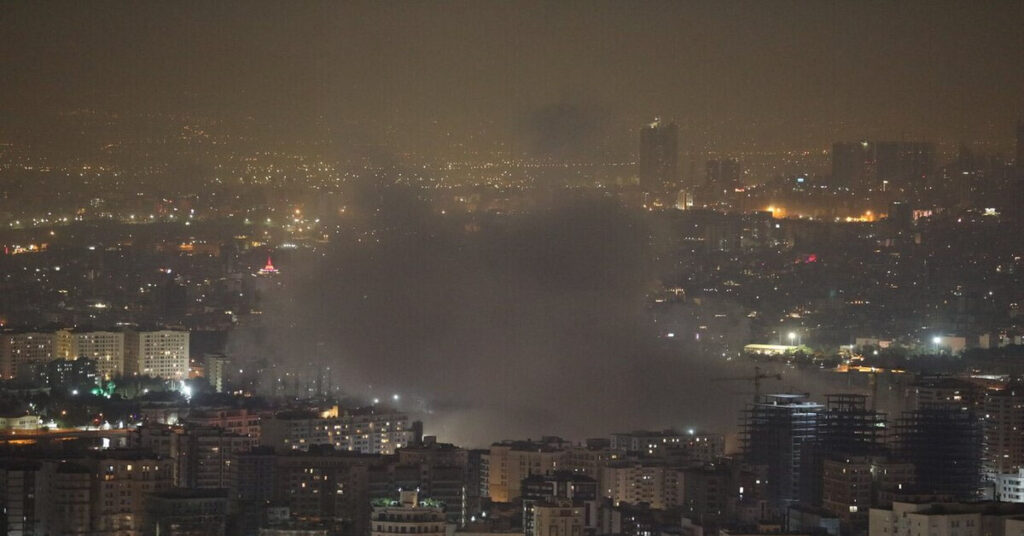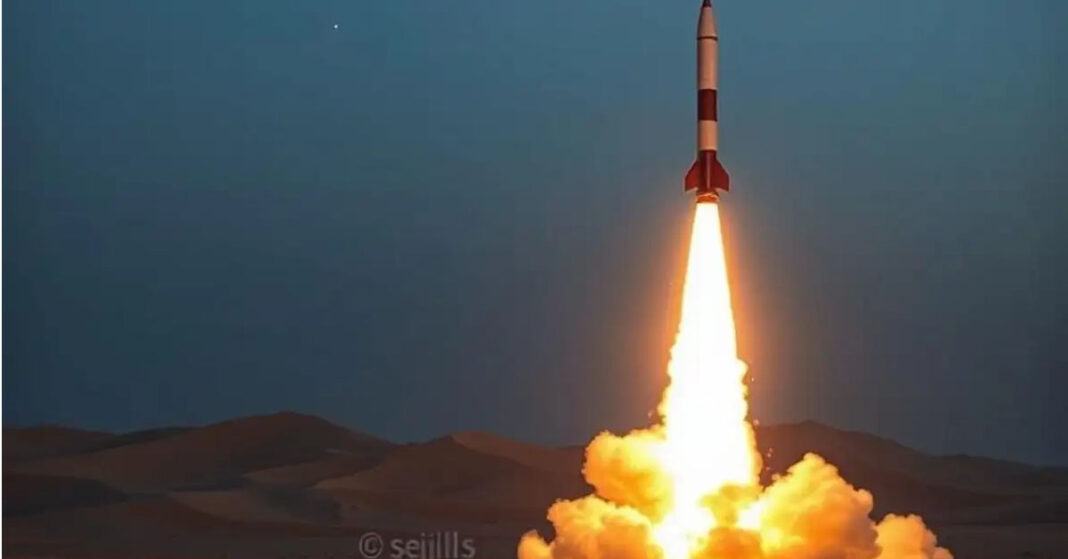Iran’s use of the Sejjil missile during its recent strike on Israel has sparked global concerns. Learn about the missile’s range, destructive capabilities, and why it’s at the center of the Iran-Israel conflict.
Table of Contents
Iran’s Sejjil Missile Grabs Global Attention Amid Escalating Iran-Israel Tensions
In the wake of renewed hostilities between Iran and Israel, the spotlight has turned to Iran’s ballistic missile capabilities—particularly the Sejjil missile, a long-range, two-stage weapon that made headlines after Tehran claimed its use in a recent retaliatory strike. This marks the first time Iran has officially acknowledged deploying this strategic missile in combat, raising alarm bells across global defense communities.

On the night of June 19, Iran launched a wave of drone and missile attacks on Israeli territory in response to Israeli airstrikes on Iranian nuclear and military facilities. Among the weapons used, Iran claimed to have fired its domestically-developed Sejjil missile, as part of what it called “Operation True Promise 3.” Although Israel’s Defense Forces (IDF) asserted they intercepted the missile successfully, its deployment has nevertheless intensified geopolitical scrutiny.
What Makes the Sejjil Missile So Dangerous?
According to the Iranian Revolutionary Guard Corps (IRGC), the Sejjil is one of the nation’s most advanced and lethal strategic assets. A two-stage, solid-fuel ballistic missile, the Sejjil is capable of reaching targets up to 2,000 kilometers away—putting all of Israel, parts of southeastern Europe, and much of the Middle East within striking distance from Iranian territory.
Here’s a breakdown of its capabilities:
- Range: 2,000 kilometers (classified as a medium-range ballistic missile).
- Warhead Capacity: Up to 700 kilograms, sufficient for delivering significant destruction to strategic enemy targets.
- Launch Weight: Approximately 23,600 kilograms.
- Fuel Type: Solid-fuel propulsion, allowing quicker launch times and simpler storage compared to liquid-fuel alternatives.
- Length: Around 18 meters, making it a formidable component of Iran’s missile arsenal.
What makes the Sejjil particularly dangerous is not just its range but its rapid deployment capability and high accuracy, which experts believe can strike critical infrastructure with minimal warning.
Sejjil Missile Evolution: From Test Launch to Battlefield
Iran first successfully tested the Sejjil missile in 2008, when it traveled a distance of 800 kilometers. A second test, conducted in May 2009, introduced an improved version known as Sejjil-2, which incorporated better navigation and target acquisition systems.

According to the Center for Strategic and International Studies (CSIS), the Sejjil program may have additional variants under development. Unverified reports mention a possible Sejjil-3, which could feature a three-stage configuration, a maximum range of up to 4,000 kilometers, and a launch weight of around 38,000 kilograms—extending its reach into broader regions of Europe and Asia.
Interestingly, the missile was not tested publicly for nearly a decade after 2012. However, in 2021, Iran reintroduced it during a large-scale military exercise, reaffirming its operational readiness.
Strategic Impact of the Sejjil in the Iran-Israel Conflict
The timing of the missile’s use is no coincidence. Iran’s decision to deploy the Sejjil came just days after Israel launched “Operation Rising Lion”, a series of targeted strikes on Iranian military and nuclear sites in Tehran, Natanz, and Isfahan on June 13. The Israeli government justified the offensive by citing the failure of diplomatic efforts to halt Iran’s advancing nuclear program.
Iran’s counterstrike, which included drones and multiple types of ballistic missiles, caused damage across southern Israel. One of the missiles struck near Soroka Medical Center in Beersheba, injuring 71 civilians. Tehran claimed it was targeting a nearby military facility, not the hospital itself.
In retaliation, the Israeli military responded by attacking Iran’s Arak heavy water reactor and other nuclear assets. However, Iranian officials have yet to confirm the number of casualties resulting from these operations.
Solid-Fuel Technology: The Sejjil’s Tactical Edge
The use of solid propellant in the Sejjil offers significant advantages in modern warfare. Solid-fuel missiles require less preparation time, can be launched from mobile platforms, and are harder to detect before launch. These features make the Sejjil a first-strike capable weapon, increasing its strategic value in scenarios involving rapid retaliation or surprise offensives.

Military analysts believe that such capabilities shift the balance of deterrence in the region, as Iran now possesses a more reliable and agile ballistic system than ever before.
What Comes Next: Regional and Global Implications
The sudden appearance of the Sejjil missile in an active conflict scenario marks a turning point in the Middle East’s security landscape. For Israel, this poses a new level of threat that could escalate the arms race and force changes in missile defence systems like the Iron Dome and David’s Sling.
For global powers—especially the United States, European Union, and Gulf nations—the Sejjil’s deployment serves as a wake-up call. It underlines the need for renewed diplomatic pressure and perhaps even re-engagement on arms control talks.
With tensions at a boiling point and both countries trading high-tech blows, the question remains: Is the Middle East heading toward full-scale war, or can diplomacy prevail before missiles like the Sejjil become the new norm?










